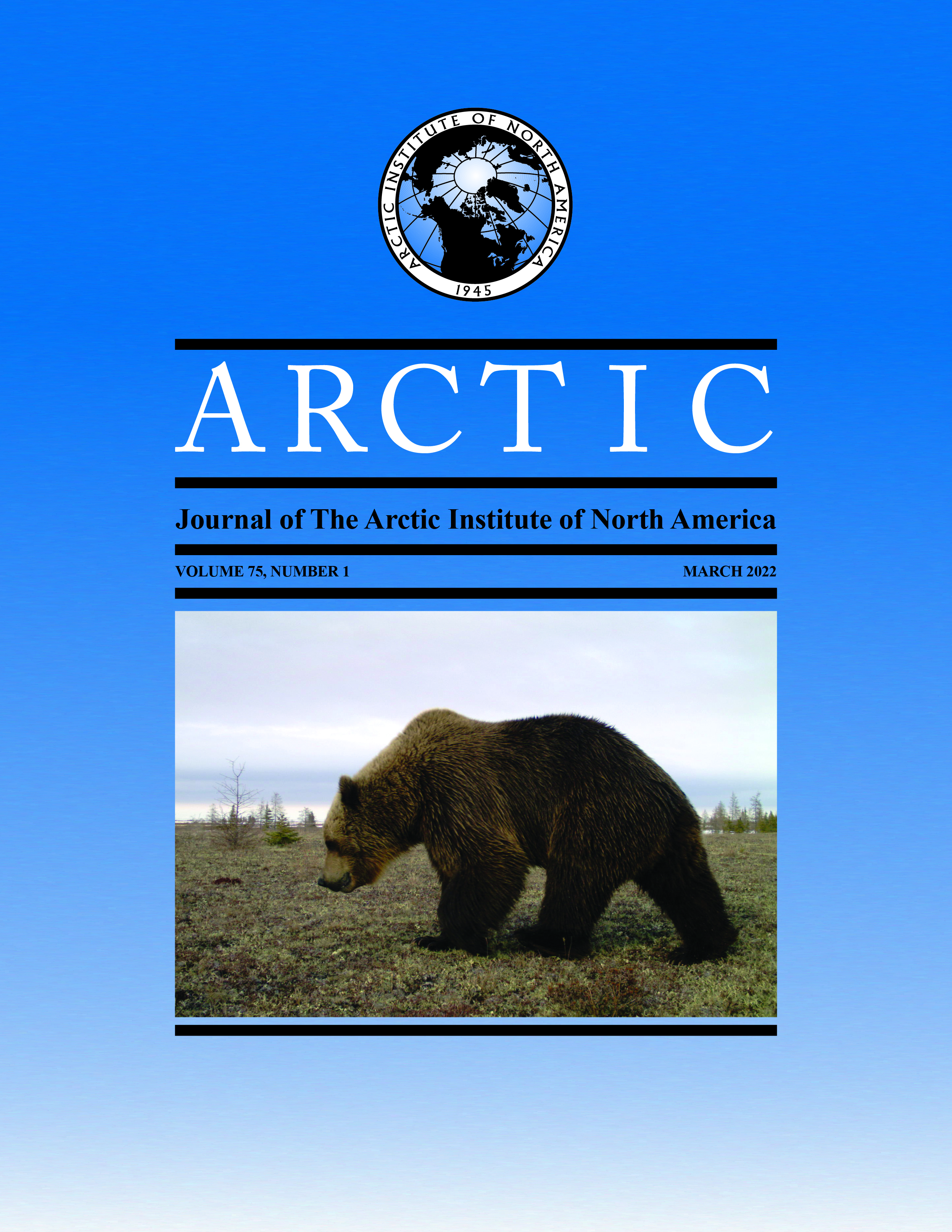Interregional Differences in Agricultural Development across Circumpolar Canada
DOI:
https://doi.org/10.14430/arctic74717Keywords:
circumpolar; northern agriculture; food security; community gardens; agricultural developmentAbstract
In response to the circumpolar region’s high levels of food insecurity, many Canadian communities have identified the development of local agriculture as a means to resolve the issue. Agricultural development is varied across the circumpolar region, an area which includes Yukon, the Northwest Territories, Nunavut, Nunavik (Quebec), and Nunatsiavut (Newfoundland and Labrador). This review explores the interregional differences in circumpolar agriculture, their historical development, and their relationship to prevailing biophysical, socioeconomic, and political conditions. Drawing upon local food strategies and literature pertaining to current agricultural initiatives, we discuss the future direction of circumpolar agriculture in Canada. Yukon and the Northwest Territories are the most agriculturally developed subregions of circumpolar Canada, and their territorial governments support the development of commercial agriculture. In Nunavut, Nunavik, and Nunatsiavut, relatively few agricultural initiatives are underway although local efforts have been made to establish community gardens or greenhouses and improve access to fresh commodities through subsidization of imported goods. Because of variability in biophysical, social, institutional, and political environments, strategies for food production would be most effective if tailored to each subregion. The continued development of agriculturally favorable policies and certified processing facilities in Yukon and the Northwest Territories could improve market access, both locally and out-of-territory. The eastern subregions (Nunavut, Nunavik, and Nunatsiavut) seem more inclined towards small, community-driven projects; these initiatives could be promoted to encourage community involvement for their long-term sustainability. Most studies on circumpolar agriculture have focused on the biophysical and social challenges; the region would benefit from additional research into the institutional and political barriers to agricultural development.
Downloads
Downloads
Published
Issue
Section
License
Copyright (c) 2022 ARCTIC

This work is licensed under a Creative Commons Attribution 4.0 International License.


